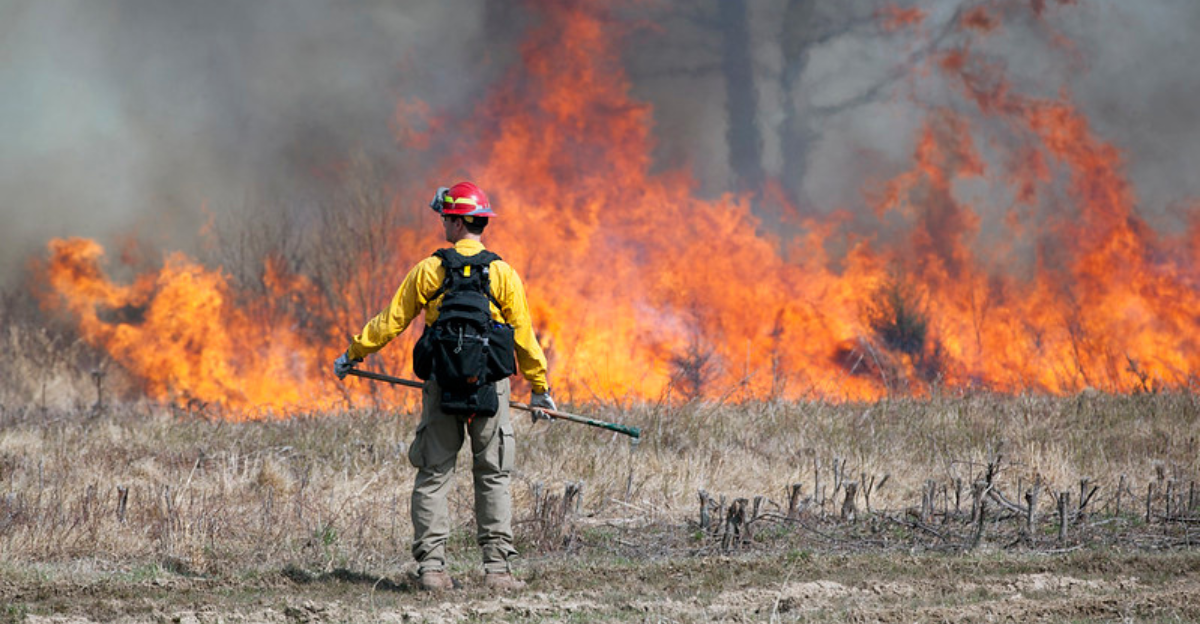
Michigan roads are now part of a growing environmental concern. Why? Because wildfire smoke from Canada and gasoline fumes from traffic are forming a dangerous mix. And guess what? Over a million drivers could be breathing in these pollutants without realizing it! This article explores this dangerous threat and possible ways to combat it.
What Is Wildfire Smoke? Composition and Risks

If you’re hearing about this “wildfire smoke” for the first time, you may not be alone. A couple of people may never have heard about it either. Unlike common soot and haze, this one carries fine particles, carbon monoxide, formaldehyde, and volatile organic compounds. These pollutants can travel hundreds of miles. When inhaled, they can irritate the lungs, enter the bloodstream, and stay in the body much longer than anyone would want.
The Hidden Danger of Gas Fumes in Traffic
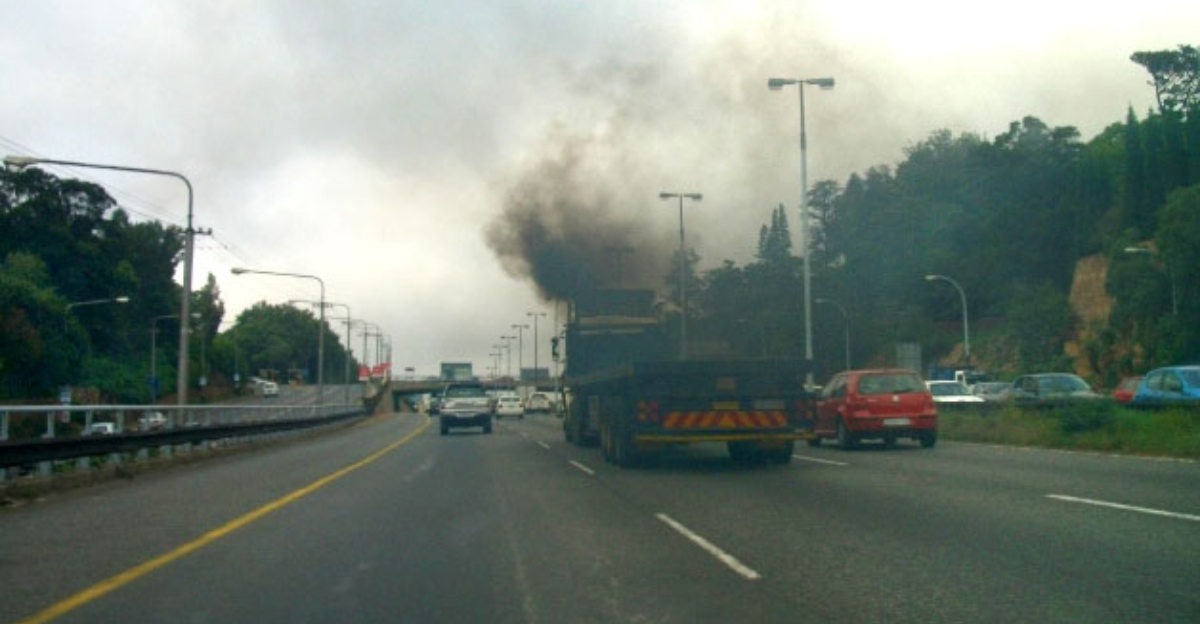
As you already know, gasoline fumes and vehicle exhaust release substances like benzene and nitrogen dioxide (you already knew that, right?). So, these pollutants float around traffic zones and settle into the air we breathe. Most people do not realize that rolling down their windows in traffic might expose them to more than just fresh air.
How Wildfire Smoke and Gas Fumes Combine to Create a Toxic Mix
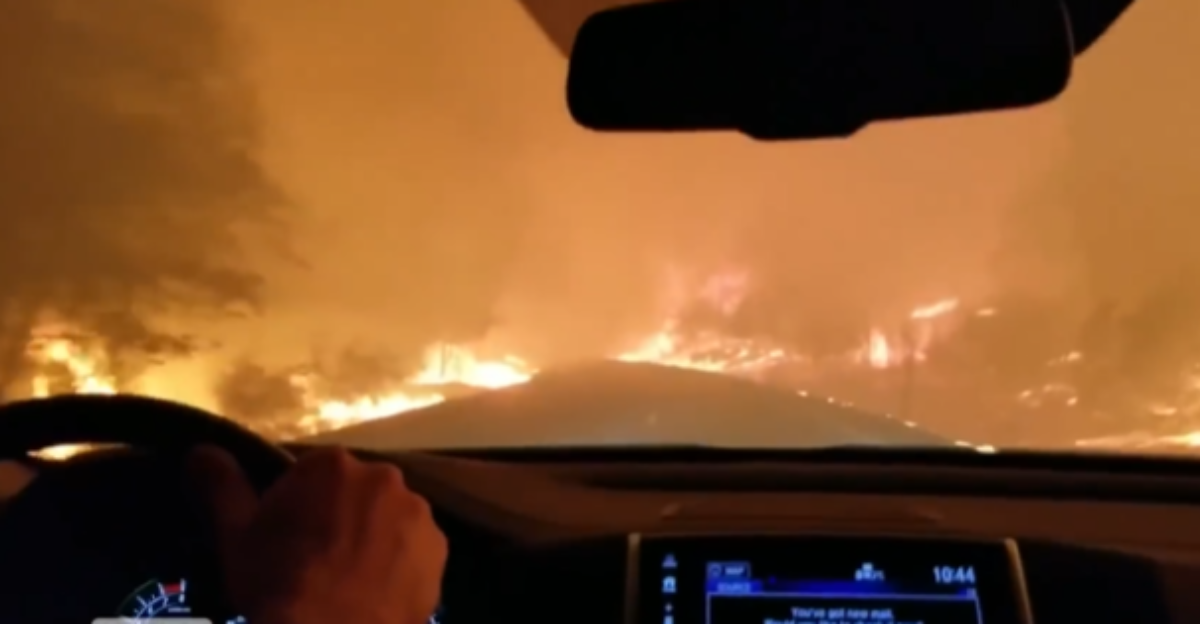
When wildfire smoke mixes with gas fumes and heat, it accelerates the creation of ground-level ozone. The chemistry is complex (not something this article’s scope covers), but the outcome is simple: more irritants in the air. The kind that gets deep into lungs and sticks around long after the engine’s turned off.
The Scale: Over 1 Million Drivers at Risk
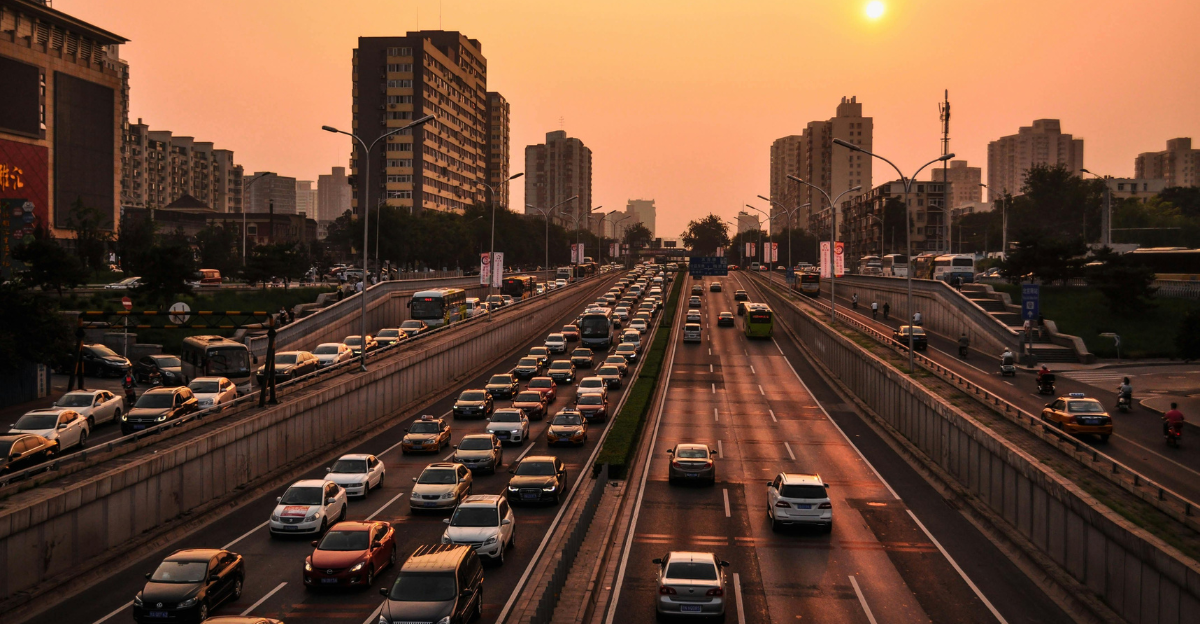
Michigan’s recent advisory covers more than six counties. That means over a million residents, many of whom drive daily, are facing compromised air. This isn’t limited to one city or highway. The problem is widespread and invisible, and it’s turning routine drives into risky business.
Health Effects of Wildfire Smoke Exposure
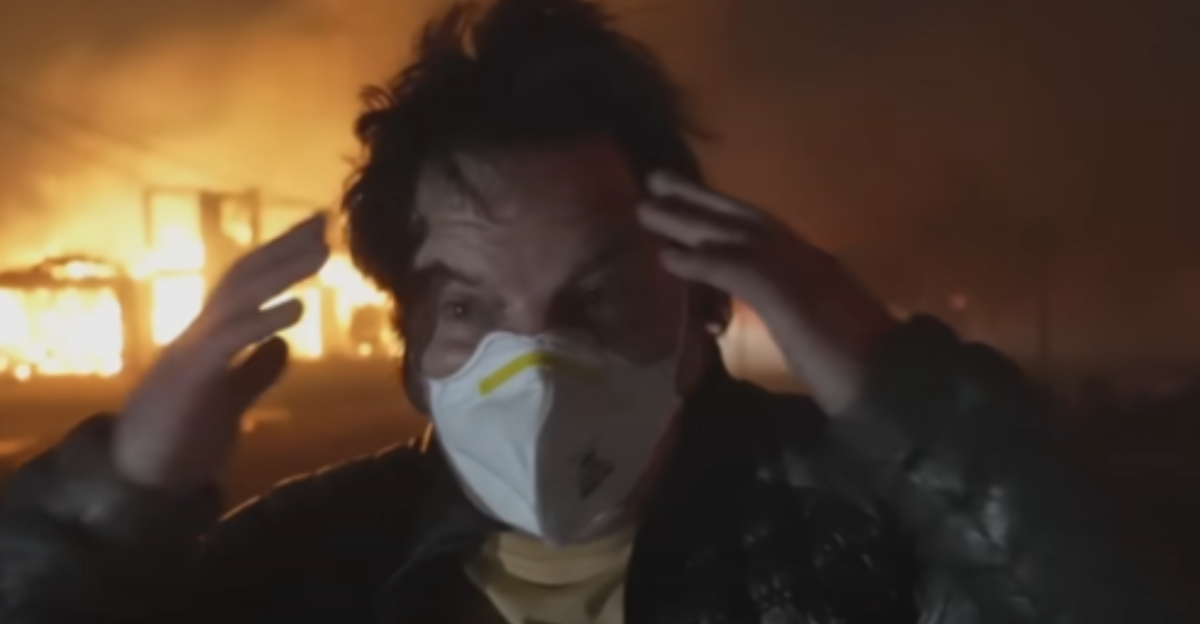
At first, it might feel like a dry throat or watery eyes. But wildfire smoke does more. It can cause inflammation in the lungs, trigger asthma, and weaken immune responses. The real danger is how tiny the particles are. They slip past your body’s defenses without asking for permission.
Health Risks from Gasoline and Vehicle Exhaust Fumes

You can’t always see or smell what’s in car fumes, but your body knows. And guess what they are? Benzene, carbon monoxide, and nitrogen dioxide. They come standard with every engine running nearby. The more you are exposed to these, the greater the risk of minor irritations, dizziness, and even long-term heart and lung problems!
Why Drivers Are Especially Vulnerable

Drivers spend hours in enclosed vehicles, and even when the windows are down, these pesky chemicals still find their way through the car vents. The insane amount of time spent on the road simply means prolonged exposure is inevitable.
The Role of Fine Particulate Matter (PM2.5) in Toxic Exposure

PM2.5—no, it’s not a droid’s name. It’s actually a deadly chemical matter. These tiny particles from smoke and exhaust are so small that they bypass nose hairs and lung filters. Once inside, they can reach the bloodstream and mess with your heart, brain, and more. In traffic, you’re sitting in a cloud of it.
Cardiovascular and Respiratory Risks from Combined Pollutants

When you combine this wildfire smoke with exhaust fumes, the unholy child is especially deadly. Studies are linking it to chronic diseases like heart attacks and strokes. If you’re already dealing with asthma or high blood pressure, this combo can turn dangerous very fast.
Vulnerable Populations Among Drivers: Who Is Most at Risk?

Not everyone faces the same level of risk behind the wheel. Children buckled in the back, older drivers, and anyone with asthma or heart conditions are hit harder and faster. Their bodies simply can’t filter out toxins as efficiently. So while the exposure is shared, the damage isn’t equal.
How Climate Change Is Increasing Wildfire Frequency and Smoke Exposure
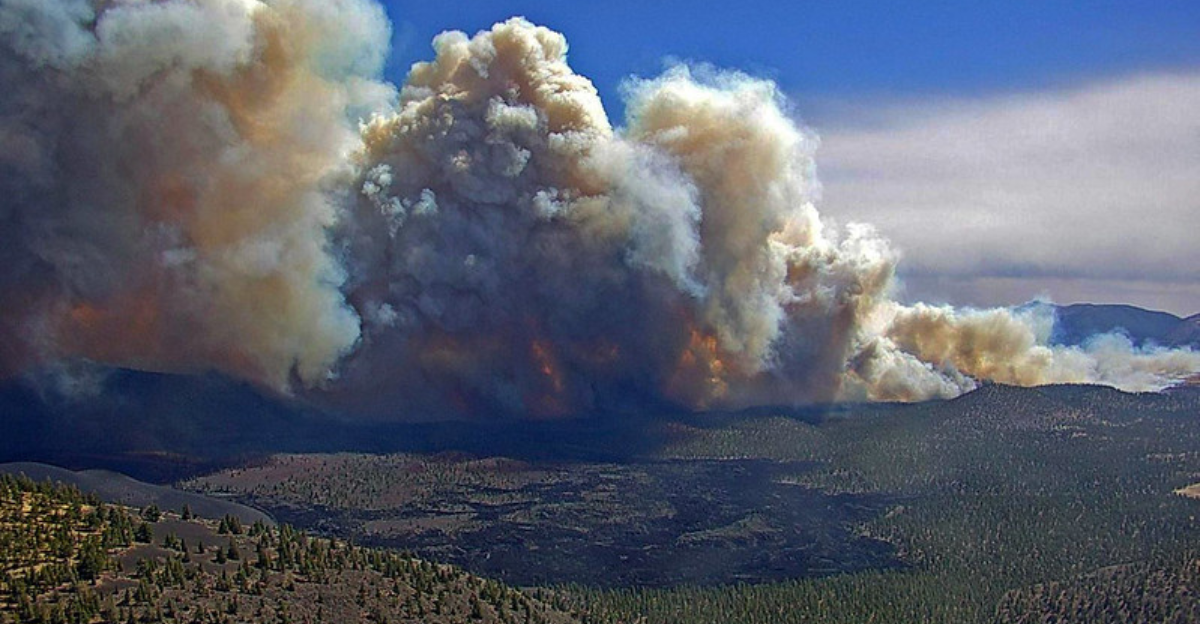
Climate change gets thrown into the mix for an even more devastating effect. Its presence simply means more smoke and over longer distances. So, even if you’re not anywhere near Michigan, you may still not be necessarily safe.
Geographic Hotspots: Where Are Drivers Most Impacted?
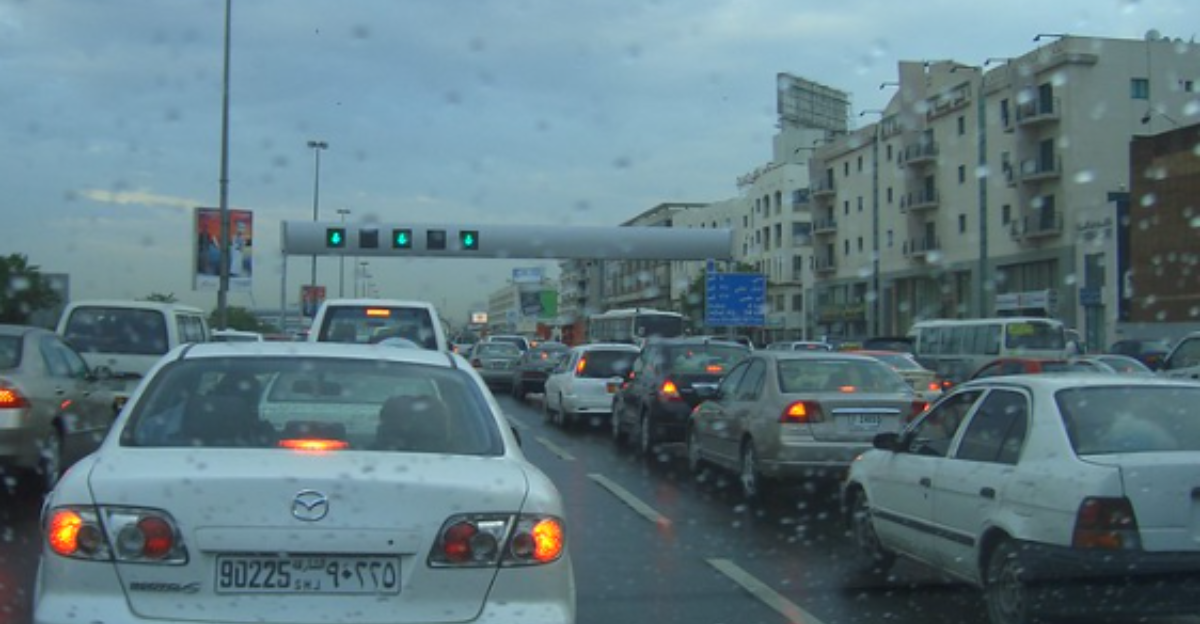
Busy highways, industrial zones, and urban corridors trap more pollutants. These roads and counties like Kent and Ottawa, now under advisories, are breathing in the worst of it. If you’re stuck in traffic there, windows up or down, chances are you’re soaking it all in. You may as well go with a gas mask.
The Science Behind Toxic Gas Interactions in Traffic Environments
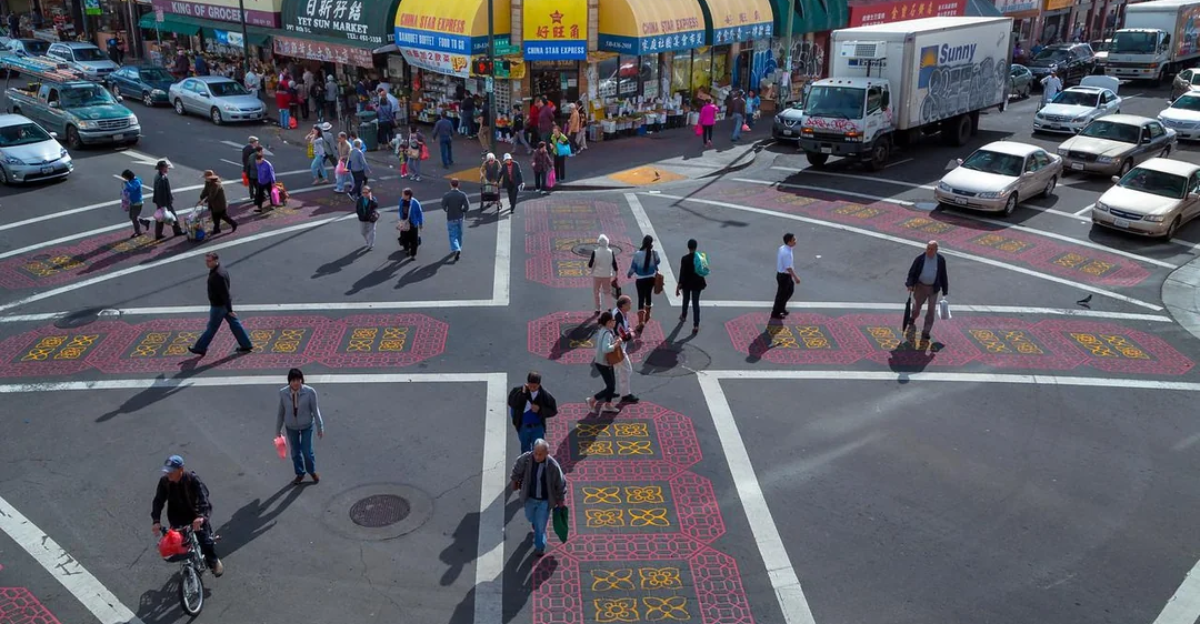
Here’s the chemistry part (we’ll try and keep it as simple as possible). The catalyst (as it were) is sunlight. It basically acts like a switch that turns gas vapors and wildfire smoke into ground-level ozone. Add vehicle emissions, and you get a chain reaction that thickens the air. Traffic doesn’t just add volume; it becomes the lab where pollution multiplies.
Protective Measures for Drivers During Wildfire Smoke Events
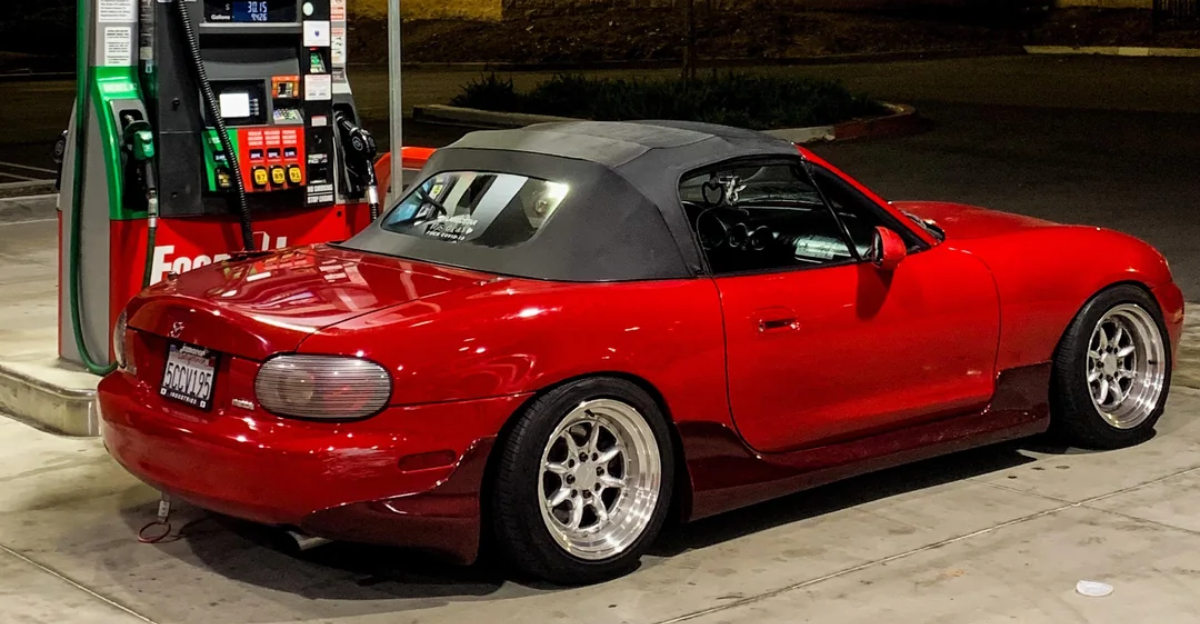
There’s no magic fix, but a few steps help. For starters, keep windows closed and air recirculating. Avoid rush hour if you can. And use HEPA cabin filters or air purifiers. Also, maybe don’t fill your tank until evening. These little changes won’t solve everything, but they can buy your lungs some time.
The Importance of Air Quality Monitoring on Roads
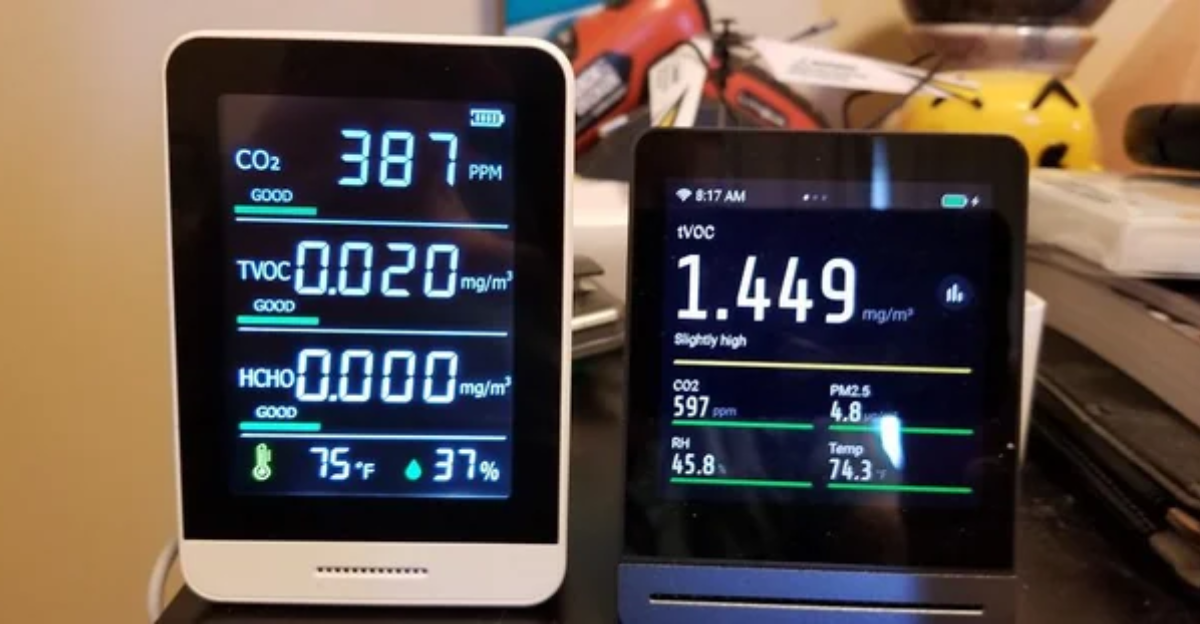
Without real-time data, most people wouldn’t even know they’re breathing danger. Thankfully, Michigan’s ozone advisory came in time to warn drivers. Over 1.5 million residents across six counties got the heads-up. However, these alerts work best if we allow them to affect how we drive.
Policy and Regulation: What’s Being Done to Protect Drivers?
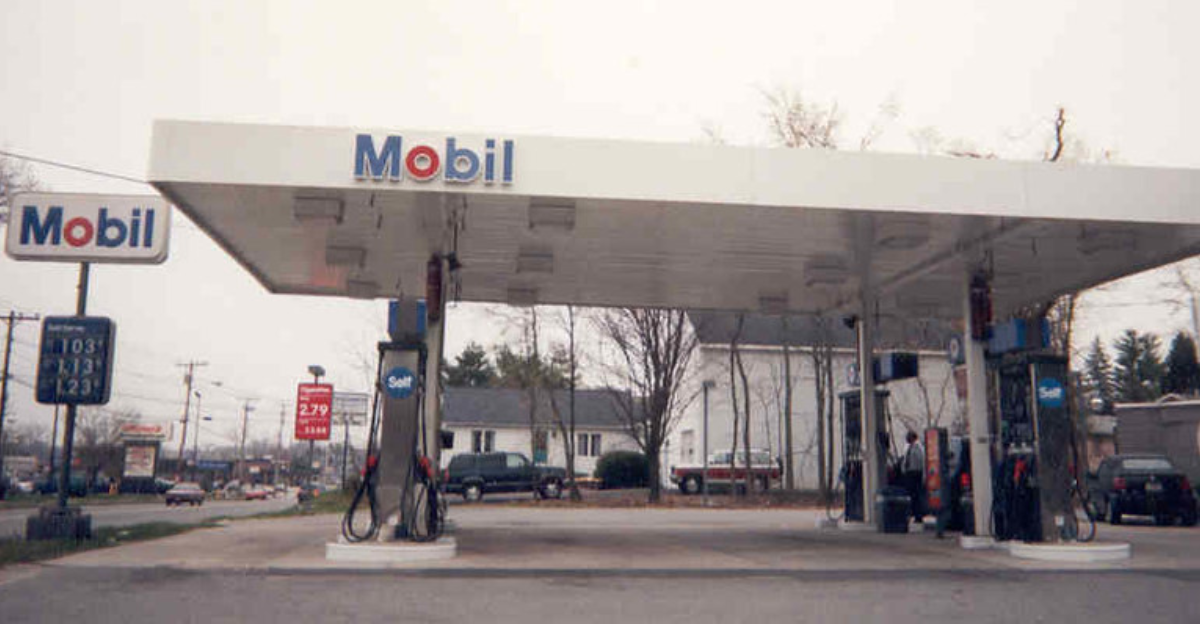
First, Michigan officials urged residents not to refuel during the day. Why? Because refuelling releases gas vapors, which help form ozone when mixed with wildfire smoke. It’s a simple ask, but it shows the state is paying attention and starting to act on invisible threats.
Innovations in Vehicle Filtration and Air Purification
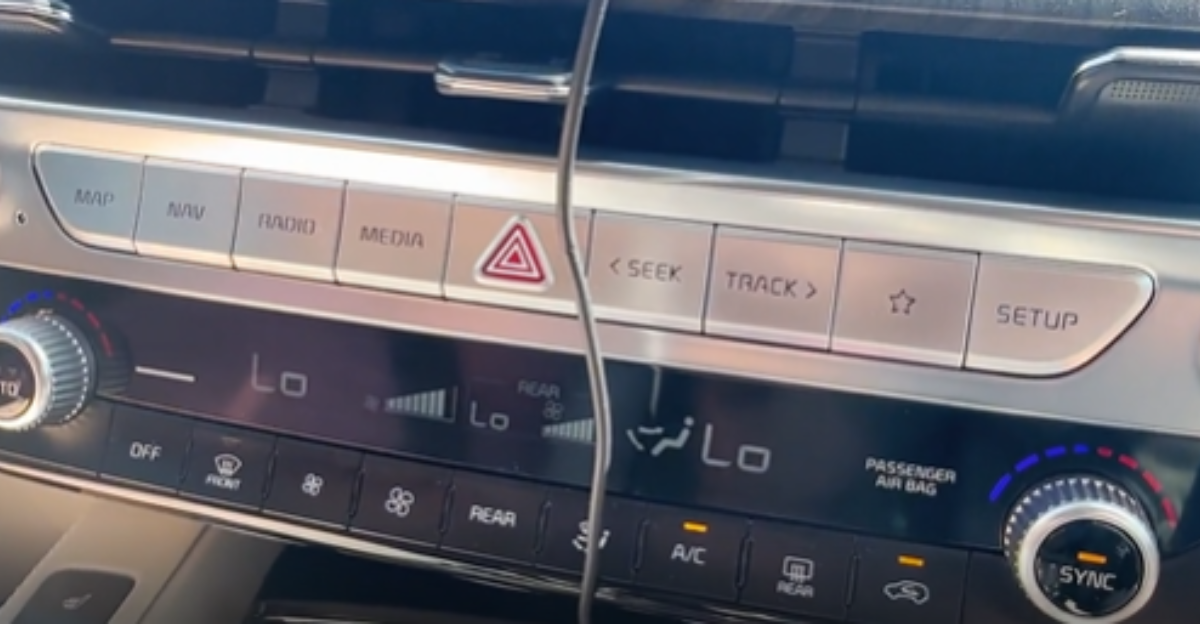
Some newer cars are stepping up. Advanced cabin filters and air recirculation systems can block out more of the bad stuff. It’s still in its infancy, but at least it’s a start. It’s safe to say that car makers are beginning to realize that protecting drivers is more than just installing airbags.
Public Awareness and Education: What Drivers Need to Know

Filling up during the heat of the day can make the air worse. Yes, we didn’t know that either. Additionally, wildfire smoke from another country (yes, Canada) can help spike ozone in their backyard. To combat this ignorance, the best approach now is to provide clearer messaging and explanations, rather than just alerts.
Conclusion
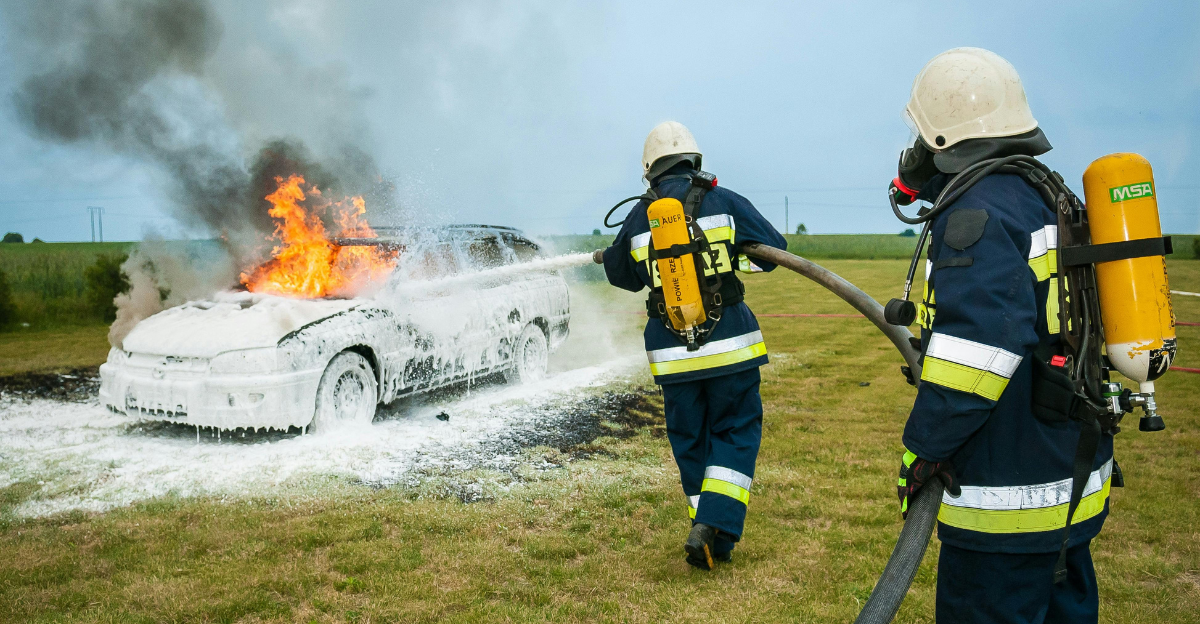
And so, there you have it, a synopsis of the situation with wildfire smoke. As you can see, it is more than a freak weather event. As wildfire seasons grow longer and urban traffic keeps churning out fumes, the combo is only getting deadlier. Michigan’s advisory might fade, but the risks will return. Our roads (and our lungs) deserve a smarter, cleaner response.